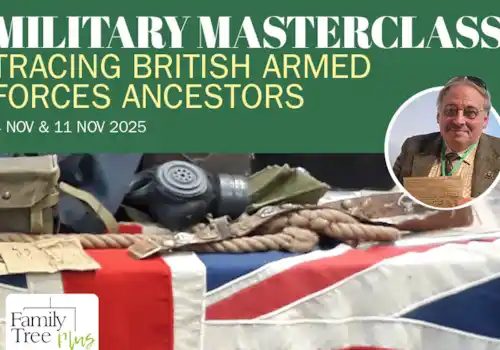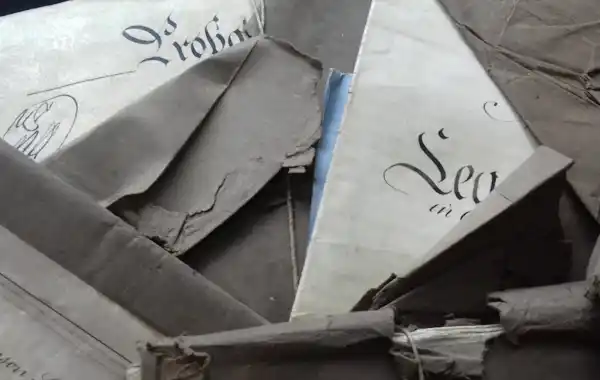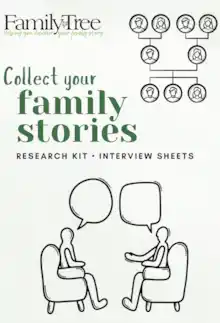03 August 2017
|
A unique freely searchable database based upon a private collection of historical property deeds has been launched for family historians. Family Tree assistant editor Karen Clare finds out more
A unique database based upon a private collection of property deeds dating back to the 1660s has been launched for family historians.
Ancestor Homes is the new online home of land-owning company The Compton Group’s extensive collection of digitised historic deeds relating to properties throughout England and Wales. Certain details have been transcribed to form a searchable database of names, dates and addresses up to 1935.
The database features other documents too, including original marriage certificates, wills, leases, conveyancing records and correspondence, making them a rich resource for genealogists. Although only relating to properties in England and Wales, the records include details of ancestors across the British Empire and beyond.
Join the Family Tree community
Follow us on facebook
Follow us on twitter
Sign up for our free e-newsletter
Discover Family Tree magazine
Researchers can freely search the database for documentation relating to their ancestors. A successful search results in a summary page detailing the type of record, date of document, names, occupations, addresses and more, such as the legal role played by the individuals mentioned (ie land purchasers or owners of neighbouring land etc); if there is a signature or seal, and the number of other people listed. Scanned copies can then be downloaded for £19.99 per document.
Project manager Rhian O’Malley said no two records are the same. ‘A conveyancing record could be four sides of paper or it could be 30 pages long with 300 names,’ she added. ‘Our largest document is just shy of size A0 (84.1 x 118.9cm) and the whole record is downloadable.’
Her personal favourites include a will from 1689: ‘I just love the fact that every one of his possessions is left to someone – right down to “chairs and stooles and other utensils of household stuffe”’– and a letter from a widowed father, who appears to have married well in the late 19th century. ‘His wife died and he was left with the children,’ Rhian explained. ‘There was a trust dealing with his wife’s estate and he wrote to them and was pleading with the trustees to make sure the children were looked after financially. He had clearly married above his station, which must have been unusual.’
Some 4,000 documents have been scanned so far as part of the project, with another 10,000 due to be scanned by spring 2018. A small team of transcribers has been working on the digitisation process and the website was due to launch at the end of July with 5,000 names initially for 500 documents. New records are due to be released monthly and researchers can sign up to the newsletter on the website to keep up to date or follow Ancestor Homes on its social media channels, including Twitter @AncestorHomes
The company welcomes feedback and would love to hear any success stories. Rhian added: ‘I’m itching to see just what people can find out about their family members from our records.’
Images: © Ancestor Homes/Compton Group










